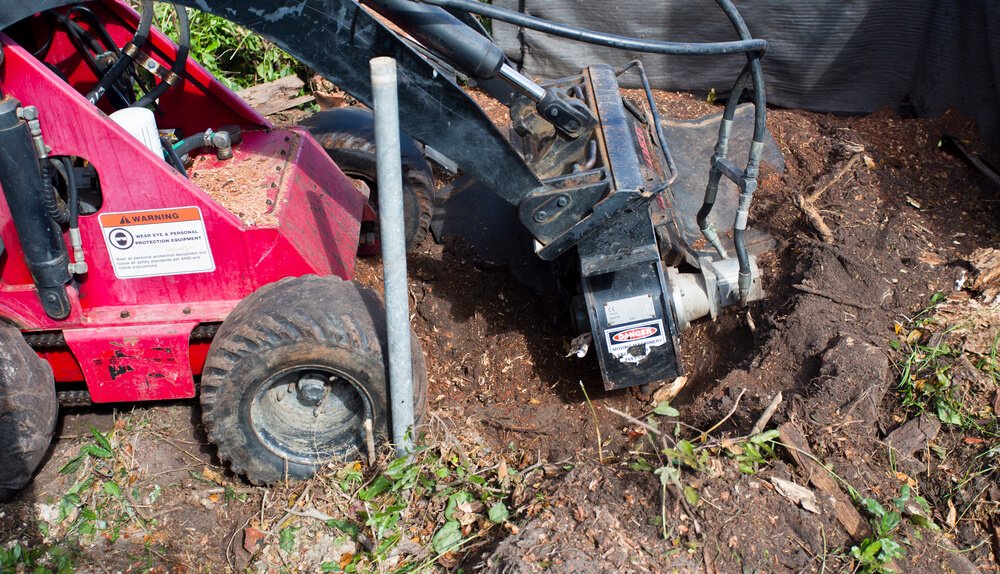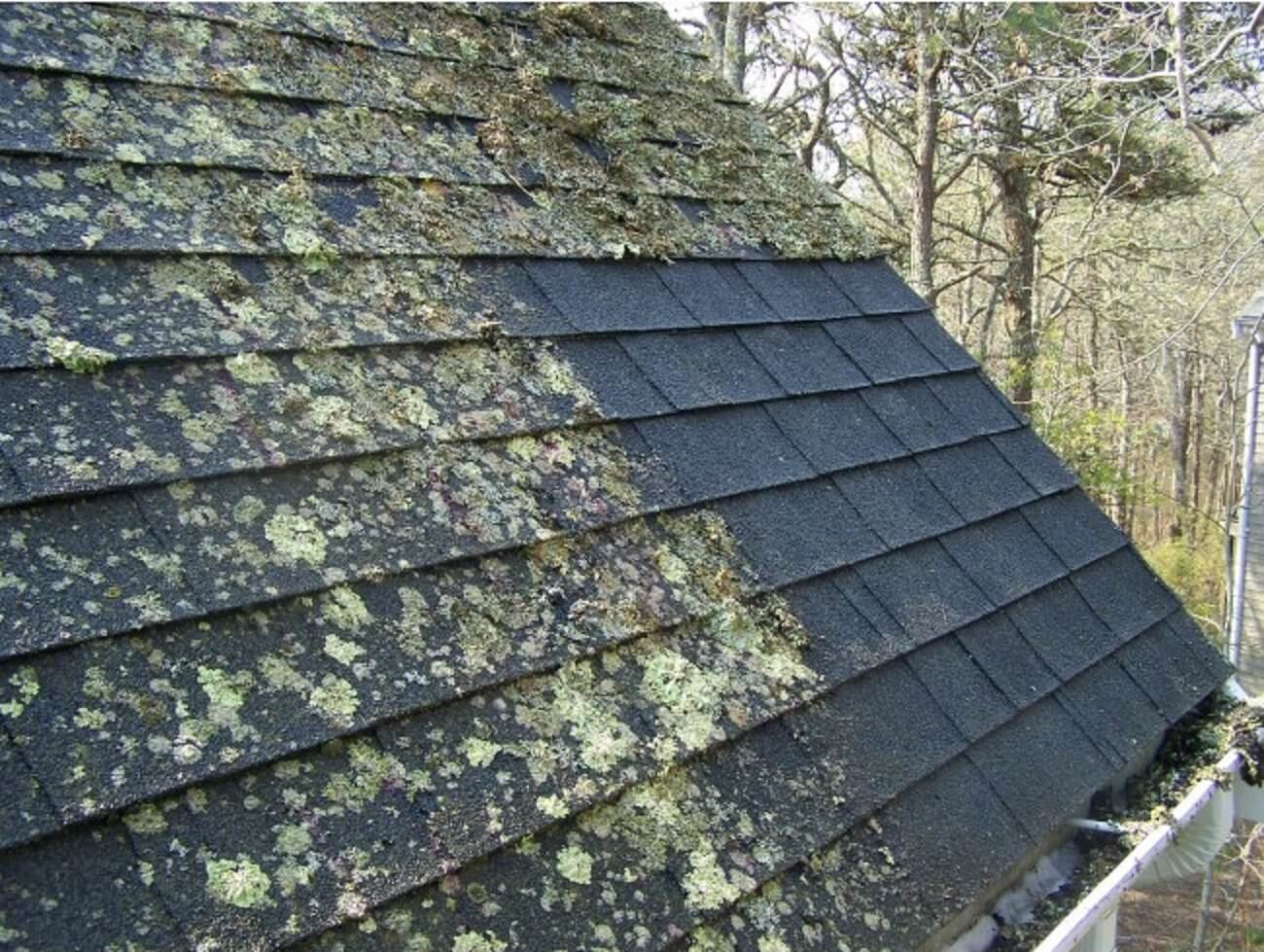
What Is Tree Grafting?
Grafting is an ancient horticultural practice and is an important part of growing trees. There are several differences between trees that are grafted and trees that are not. If trees are not grafted, they are grown by seeds. There are many benefits to grafting trees. Before you use this technique, you should do your research. TreeQuote, a tree service in Marietta, GA, has shared some background on this important practice.
How Does Tree Grafting Work?
Trees are grafted when one plant’s tissue is added to the tissue of another. The scion, which is the part of the stem with buds, is attached to a root stock. A root stock is an established root. This then allows the two plants to grow as one.
Grafting should be done in winter or early spring. This is when the scion is dormant. The best time is when the buds are starting to open.
Budding is another preactice that is similar to grafting. Instead of using a piece of the stem or a twig, a bud is used. Then the bud can be grown on another plant.
Advantages of Grafting Trees
Not all varieties of plants are from seeds. Sometimes, a specific variety of fruit seed will be planted. That fruit may grow, but it may not be the variety that was planted. This also allows for new varieties of fruit to be grown.
Grafting can also dwarf the scion. With dwarfing, the height and shape change. This means the scion will be easier to harvest.
According to eHow, when trees are grafted, they mature more quickly. This means that fruit and flowers bloom sooner. They also develop a resistance to diseases.
How to Graft Trees
First, you should match the scion wood to the rootstock. This should be done in early spring when the scion is dormant. The scion and rootstock should be close in size.
Next, cut halfway between the buds on the rootstock and the scion. It is best to use a sharp knife for this. This keeps the cuts clean. Another ¼-inch deep cut should be made in both the scion and the rootstock.
Then, line up the green tissue on both the scion and the rootstock. This green tissue can be found between the bark and the wood. It is also known as a cambium layer. They should interlock.
Finally, wrap the graft. You can tie the graft to a stake for support too. This is beneficial as the tree grows and the scion becomes heavier.
After three years, the graft will be able to support the growing fruit along with the scion.
How to Care for the Grafted Area
All plants need specific care. The same is true of grafted trees. For best results, the grafted area should be protected. This helps prevent disease and damage from weather. You should wrap the area with nurseryman’s tape. You should not put tape on the scion or where the scion was placed. This tape should be left on for three months.
According to Garden.org, the grafted tree should be watered each week for the first year.
If you use wax on your grafted trees, check it often. In hot weather, it can melt. You should reseal as needed.
If your grafted tree is in a field, you should provide shade. A canopy is a good choice. This protects the graft’s tender tissue.
You should also be aware of girdling. This occurs when the scion expands. It may be choked by the wrapping. As your scion grows, remove the tape or string. This is usually when the scion’s leaf is out.
Can You Graft Any Tree?
Not all trees can be grafted onto each other. Before grafting, you should look into the plants’ compatibility. This will ensure that the plants can grow together. This usually works with closely related plants.
According to Home Guides, most citrus fruits are compatible. The Prunus genus includes apples, cherries, and plums. These can be grafted together. Peaches and nectarines can be grafted together too. You will need to research the compatibility so you know what will work.
Who Grafts Trees?
Often, commercial farmers graft trees. They may do this to increase their profits. It also makes the growing process more convenient for farmers. Sometimes, farmers may choose to graft for plant diversity. As mentioned, grafting can create new varieties of fruit.
Can You Graft Trees at Home?
If you have a home orchard, you can graft trees. It’s important to understand how grafting works before doing this. You should also know which plants are compatible with one another. Doing this will allow you to enjoy new types of fruit.
Conclusion
Grafting trees is an ancient horticultural technique. It is a way to grow different varieties of fruit. Not all fruit types are compatible with each other. Before you graft trees, you should understand the compatibility. You should also know about the grafting process for best results.








